An imprimatura is a very important step of starting a painting. Painters have used it as far back as the middle ages – though it became standard practice during the Renaissance.
In this article, I will take you through the steps of how you can use this tried and true method when you start a painting!
But first…
Watch the video tutorial…
How to Create an Imprimatura, here:
Watch the video above for the exact steps to create your own imprimatura on canvas. You can then find the complete written instructions (with image guides) later on in this article.
What is an imprimatura?
Imprimatura is italian for ‘first paint layer’ as it is the first layer of your painting. It is a monochrome base that allows you to establish the key and color of your painting before adding anything else. It can be quite subtle, just a thin layer of paint over the whole surface, but it still has a powerful impact on your finished work. The traditional way is to mix up various earth pigments for it.
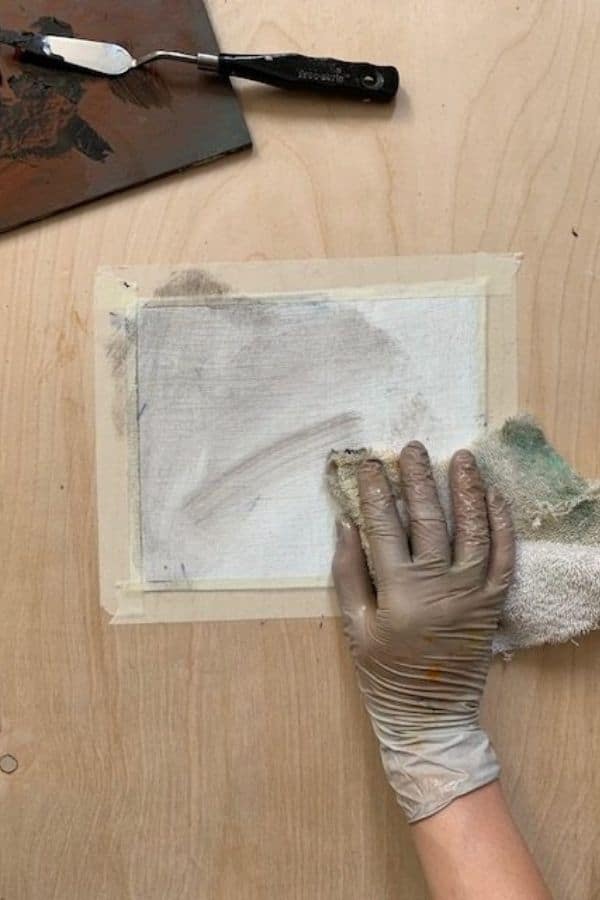
Why is an imprimatura necessary?
After your painting surface is primed, it has a bright white color to it. It is not a good idea to start your painting on top of something that is too bright and light in value because every color you place on it will look too dark – and you will end up making a painting that is too light in value.
When you create an imprimatura on your painting surface, you are making the color and value more neutral. Which in turn, allows you to be much less biased when it comes to value. This way, you will be able to see value much more accurately in your painting!
What you need to start
To create an imprimatura on your painting surface you need to make sure it is first primed. I usually use acrylic gesso on linen or canvas. More recently though I have been using pre-primed linen – which saves me the time of not needing to gesso.
Once your surface is primed, you need to mix up the pigment you will use for your imprimatura.
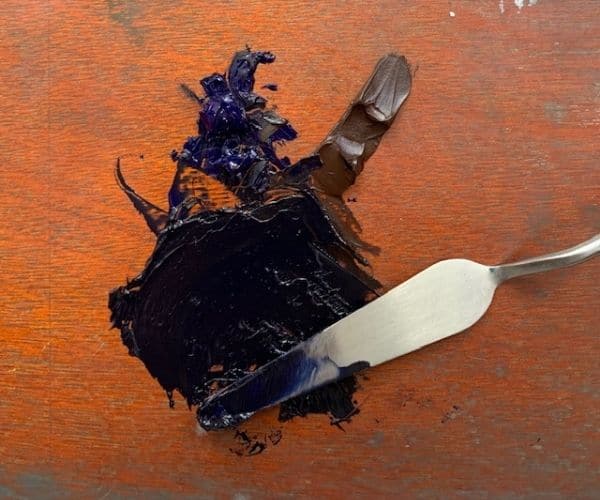
Burnt umber mixed with ultramarine blue is my personal favorite because it can be used in so many different ways and is both a warm and cool color. However, there are a variety of earth tone and neutral colors you can use.
Recommended paint colors
You can use these straight from the tube or mix them with one another.
- yellow ochre
- burnt sienna
- burnt umber
- raw sienna
- burnt umber + ultramarine blue
These different color options allow for you to create different colored grounds. You can test out all of the different ones and see which one you like the best! As you become more experienced you will know which colors will work best for different kinds of paintings.
Keep in mind that you only need a very small amount of color for your imprimatura as the layer you will put on your painting will be very thin and light.
How to do an imprimatura
After you have created the color you will use for your imprimatura (instructions found in the section directly above). You will need to apply the color to your painting surface! Here you will find the exact steps to follow…
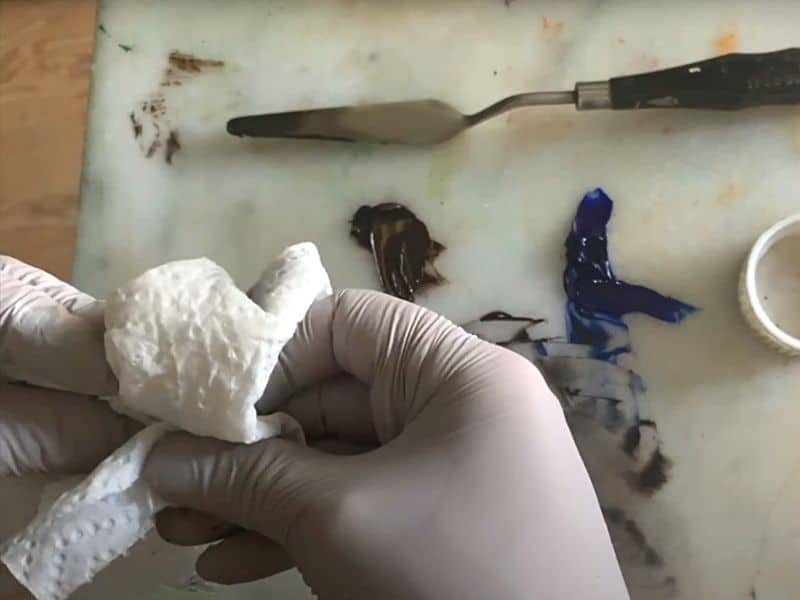
Step one
Find a rag – either an old cloth rag or paper towel. Avoid using tissues or anything that is too thin and will leave residue on your painting.
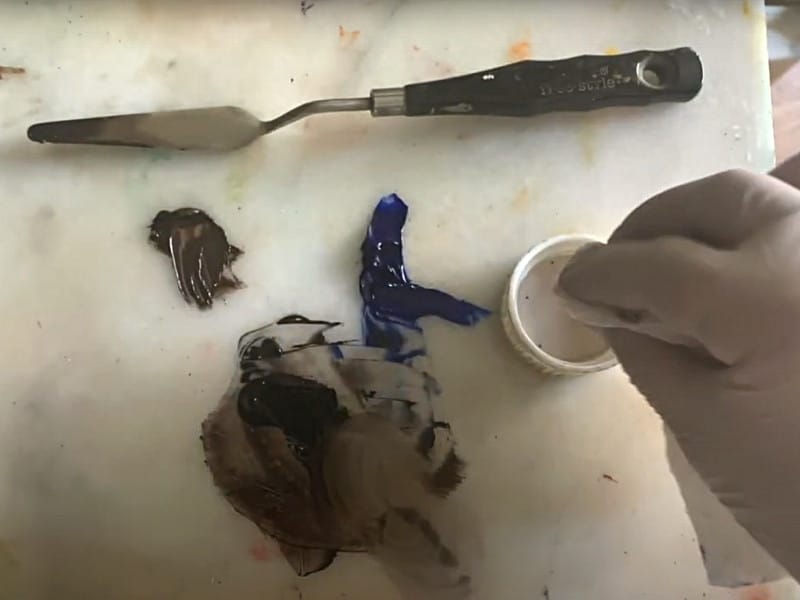
Step two
Dip a section of your rag into some turpenoid. Then, rub the dipped part of your rag into your chosen color. You don’t need a lot of paint – a little goes a long way! Remember, we just need a light layer over the painting surface.

Step three
Quickly rub your rag (with paint and turpenoid on it) over the painting surface until the entire surface has a light stain on it.

Depending on how large your painting surface is you might need to grab more paint and turpenoid. If it is a small piece then you should be able to do it quickly in one go. It is best to let the surface dry before using it for painting. Turpenoid tends to dry quite quickly – so this shouldn’t pose a problem.
Bonus Tip: Choosing the darkness level
You can make the stain as light or dark as you want. You might want to start with a light version and then go over it again until you are happy with the result.
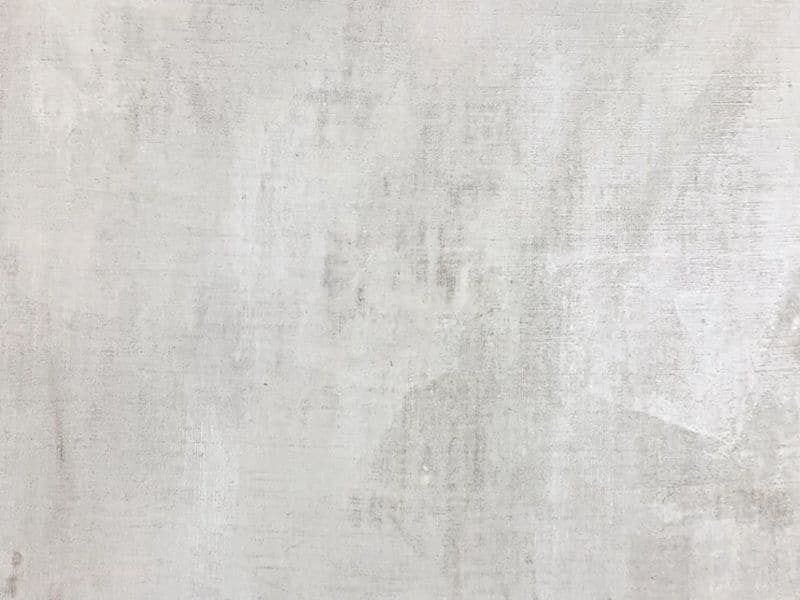
It is better to build up layers of paint than put too much on in one go. If you do happen to add too much paint it is easy to just wipe off and start again as long as it is not dry.

Once you have achieved the desired color on your surface, leave it to dry overnight.
Using imprimatura with (Acrylics) other paint mediums
You can use an imprimatura with other mediums as well. With acrylic paints, you would follow the same steps but use water in place of turpenoid to spread a small amount of color over your painting surface.
For watercolor paints, an imprimatura does not work in the same way as an oil or acrylic painting. You use the white of the page as a white so you don’t want to cover the entire surface as then you will lose all of your white! Instead, you will cover large areas of your painting in the beginning that are part of the darker areas – while leaving out the white parts.
Congratulations! You now have all the tools and steps for how to create your own imprimatura. This is a very important step that you should not skip! Starting your painting with an imprimatura will make a massive difference the next time you paint with oils or acrylics.
Once your painting surface is prepared, you are ready for the next step. Learning how to sketch out your painting!
Want to remember this? Save How to Create an Imprimatura to your favorite Pinterest board!



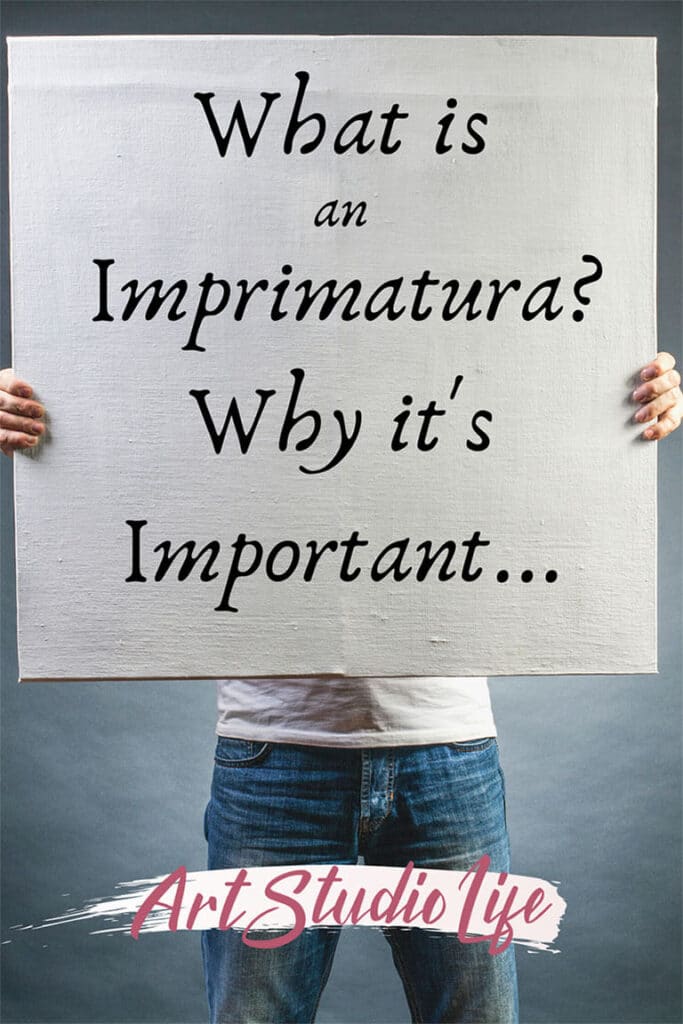


12 thoughts on “Why It’s Important to Start Your Painting with an Imprimatura”
Very good and clear instructions
Thank you for your contributions
Meeta
You are so welcome Meeta! Glad this is clear and helpful 🙂
Very self improving notes and how-to methods. Extremely helpful and explained in simple language. Thanks.
You are very welcome – I am glad to hear that!
thanks for this lesson. I’ve don this for my last painting.
You are welcome, that is great!
Thank you very much for the tips!! Ive had trouble finding out which tools to use and how to use them for imprimatura for acrylics and oil.
You are very welcome! Glad this is helpful 🙂
Very interesting …..thanks for the lesson. I will try with my next painting.
Pat Mahoney
You are very welcome Pat! 🙂
Thanks so much for these tips I haven’t painted for 30 yrs and was only a beginner then In my very senior years decided to start again Your tips are like gold to me
Hi Maree, I am so glad that these tips are helpful! Thank you for sharing that. I think it is absolutely wonderful that you decided to start painting again. I hope this website continues to be a source of inspiration and learning for you.